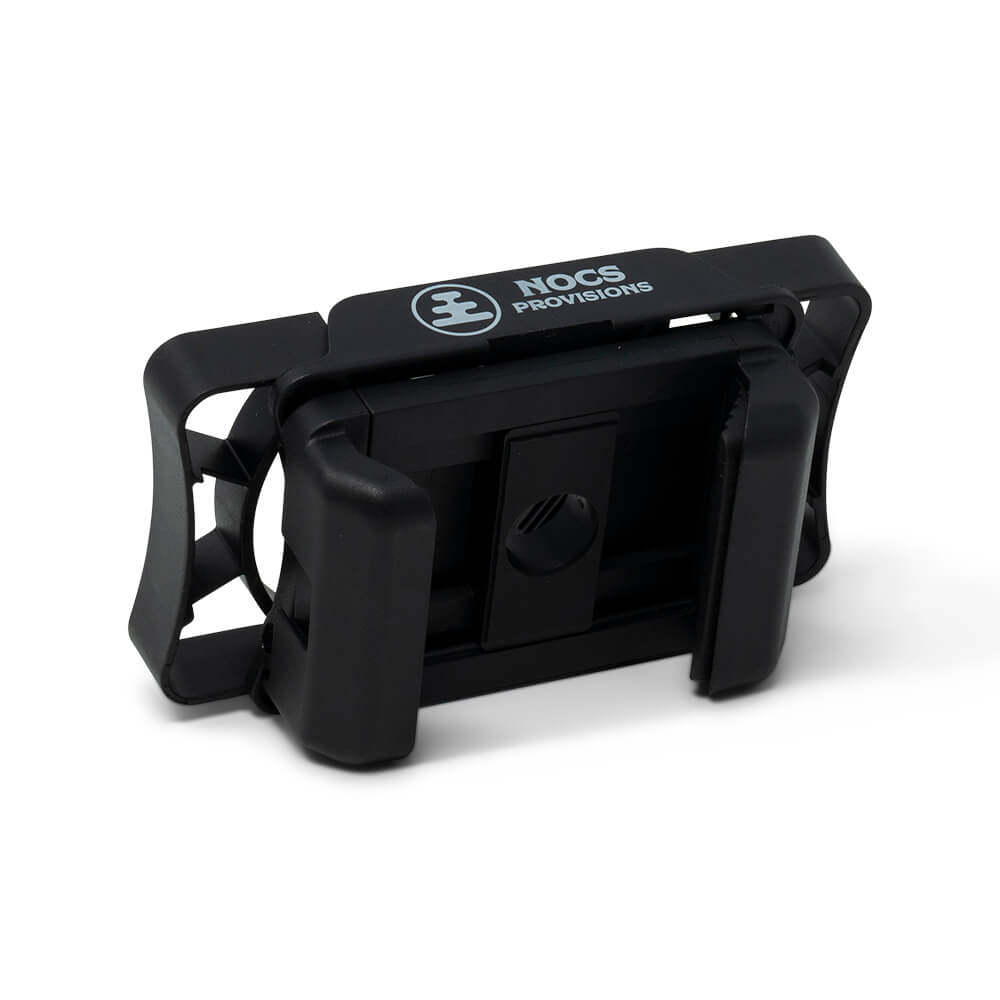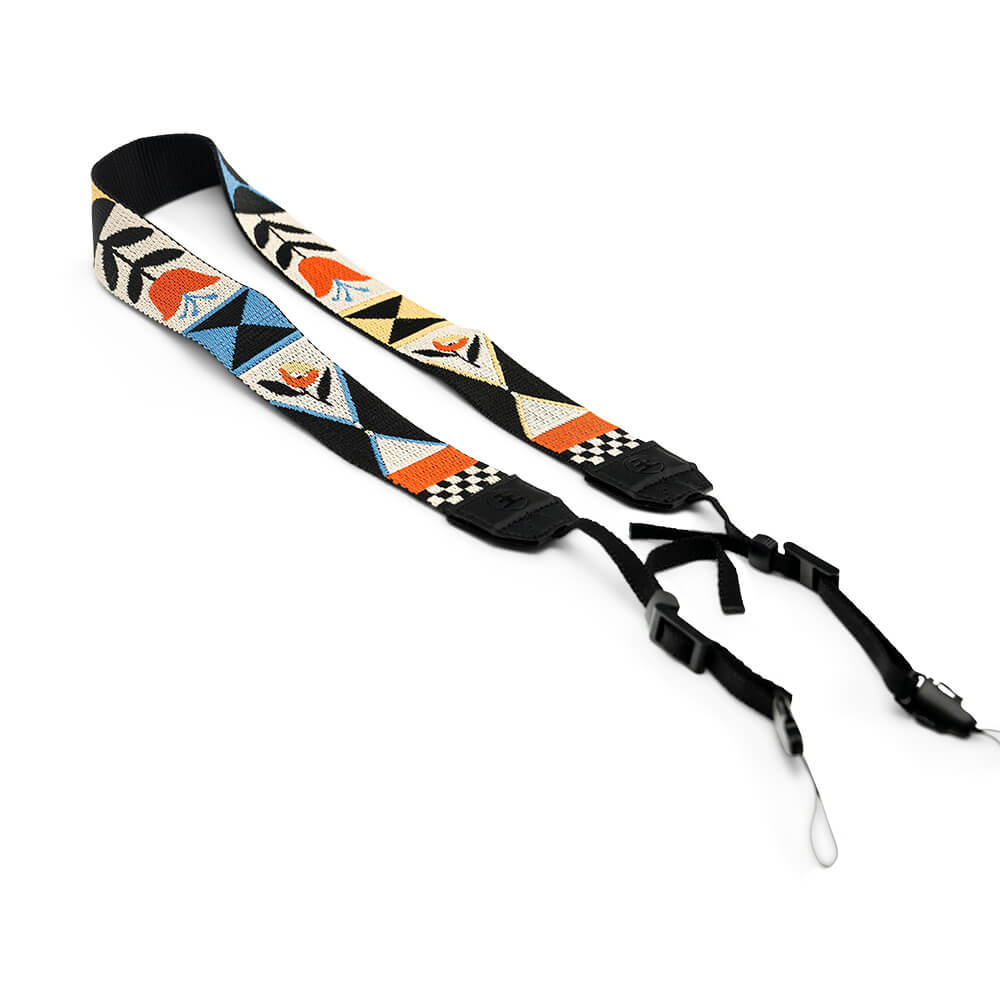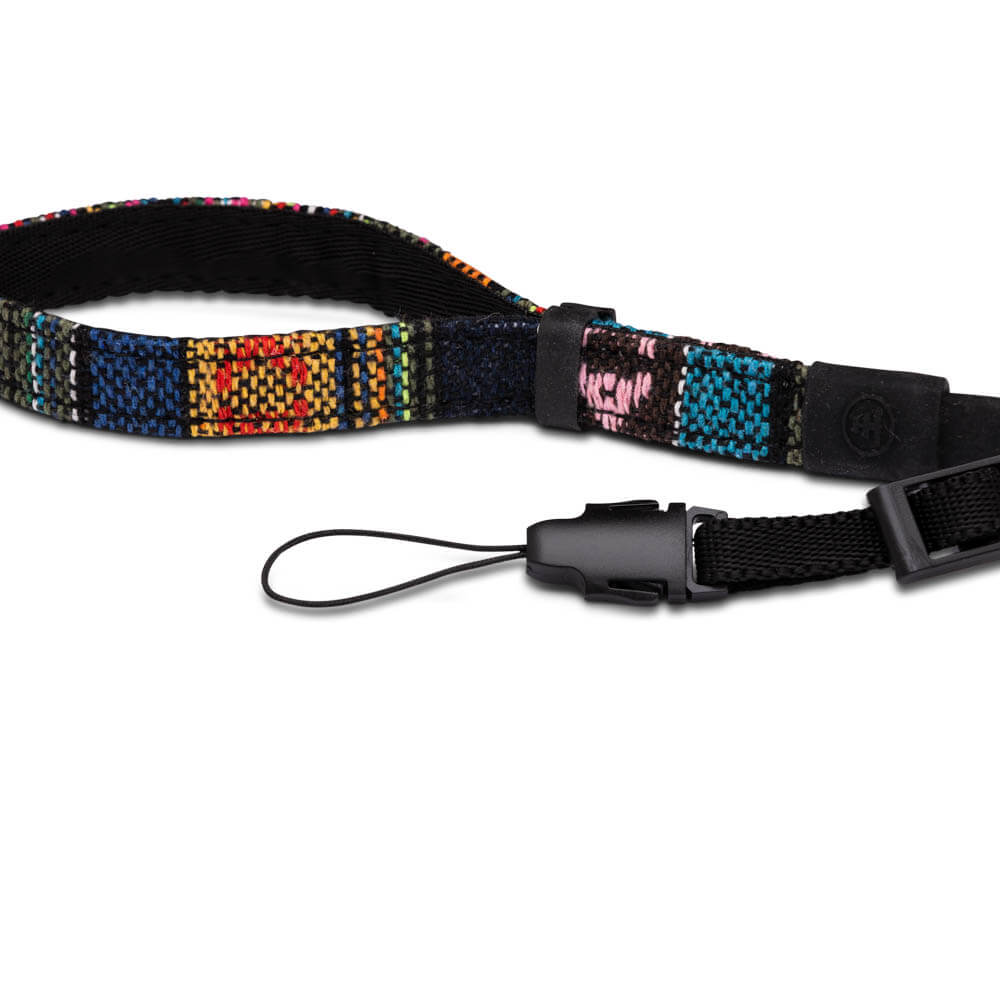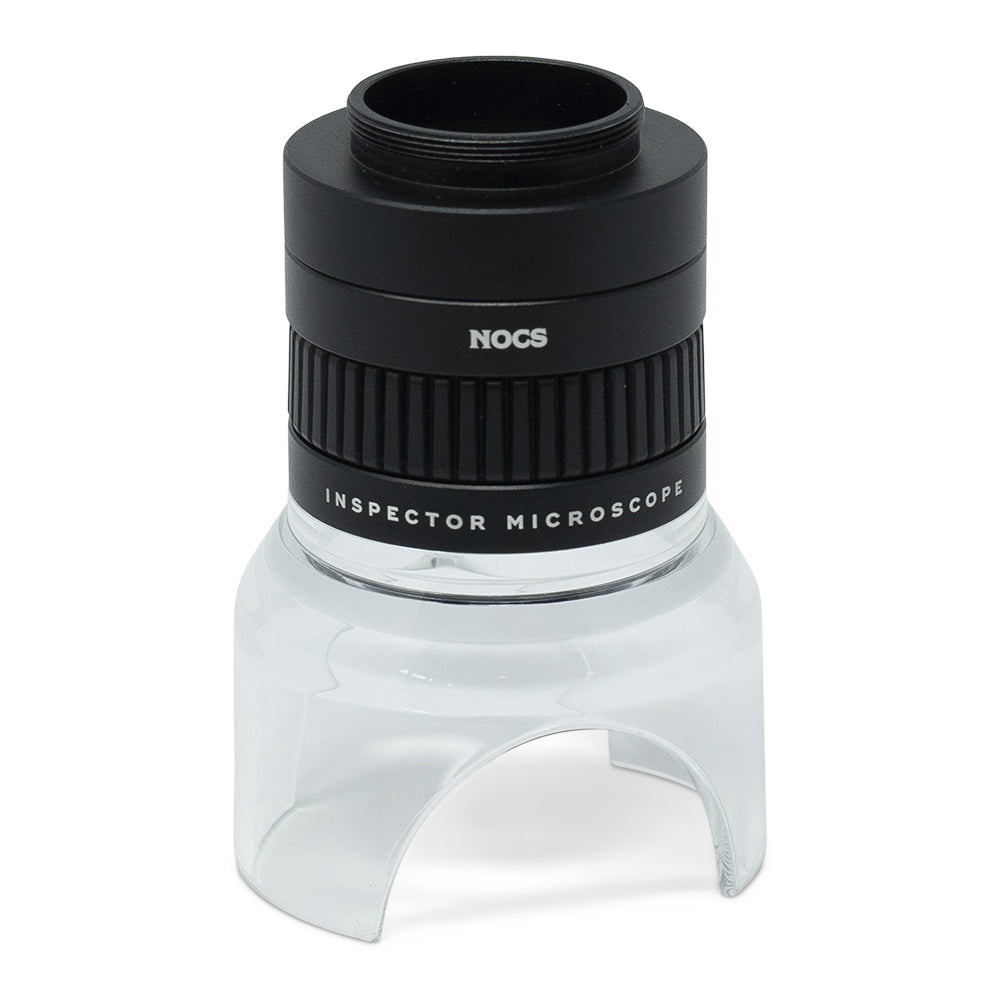The toolache wallaby (also known as the Grey’s wallaby) was built to be swift, speedy, and agile. But this wasn’t enough to escape Man’s detrimental impact on its population. Less than 100 years ago, this Aussie animal went extinct.
According to those around to observe it, the toolache wallaby was the most graceful and elegant wallaby or kangaroo species. A striking resemblance can be seen in its closest living relative, the western brush wallaby.
Features
Like the western brush wallaby (pictured above), toolaches had stark black markings throughout their coats. The most defining one was a black stripe that stretched from snout to ear. Forearms, feet, tails, and ear tips were also black.
Unlike many creatures, males were smaller than females — with the exception of their tail length. Females grew to about 84 cm high, while males were a few centimeters shorter. However, the males made up for the additional centimeters with their long tails.
Wallabies are marsupials; this word comes from the Latin word marsupium — meaning, “pouch”. While not all marsupials possess pouches, wallabies do. Female toolache wallabies used their pouch for carrying and nursing their young, up to two joeys at a time.
Their feet were long and powerful, which gave toolaches the ability to hop at impressive lengths. These were also used in defense; a loud stomp to ward off predators — or a forceful kick during fights. On the other hand, their arms were relatively short but sufficient for the animal’s needs.

Habitat
The toolache wallaby occupied Australia’s southeastern regions, including Victoria. Their ideal habitat was in the seasonally wet flatlands comprising dense grasses. This provided the perfect environment for their day-to-day activities, such as grazing and resting. Oh, to be a wallaby!
Diet
Toolache wallabies had flat teeth, which made it easy for them to grind down on vegetation. Their herbivorous diet consisted of grass, leaves, ferns, herbs, and sometimes fruits. Toolaches were active foragers during the twilight hours of a day. Twilight-active creatures are referred to as crepuscular, which isn’t nocturnal nor diurnal, but something in between.

Behavior
This particular wallaby was known to be especially fast. Records describe it as being able to outrun (well, technically out-hop) just about any predator, including dogs and hunters.
It seems that the toolache wallaby could survive both in social and solidary settings. According to observations, toolaches were usually spotted solo. However, in more abundant grasslands, it was typical to see groups of them resting and grazing.

Extinction
There were several contributing factors to the extinction of the toolache wallaby — one reason being the loss of habitat. When swamps were eliminated in much of southern Australia, a great deal of vegetation consumed by the creature was lost.
Humans also introduced several new predators to the toolache wallaby’s habitat. A few examples include dingos and other wild dogs, and the European red fox. In addition, people were infatuated with the toolache wallaby’s beautiful pelt, so they often hunted it for sport.
By the 1920s, the toolache wallaby’s declining population gained attention, leading to a conservation effort. In this effort, Europeans attempted to capture several toolaches and breed them in a protected setting. Unfortunately, this proved disastrous — most of the wallabies died of exhaustion and shock from the pursuit.
The last sighting of toolache wallabies in the wild was in 1924. Shortly after, in 1939, the last captive individual died. In 2000, the animal was listed as officially extinct.



